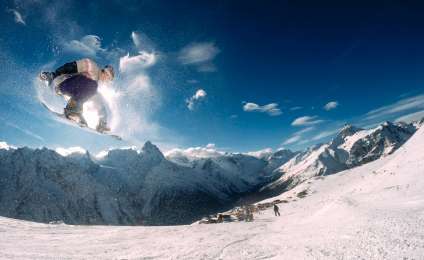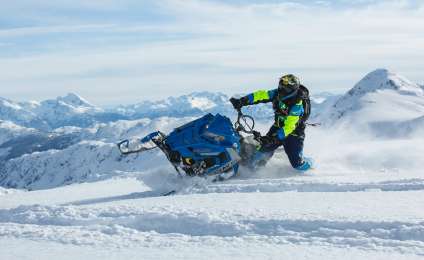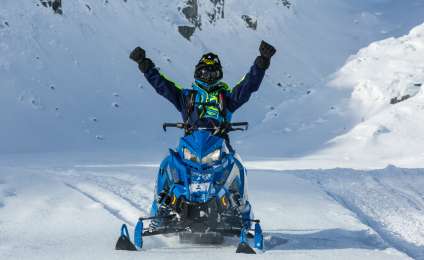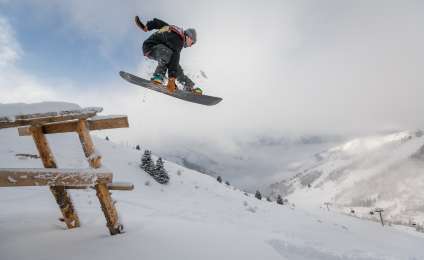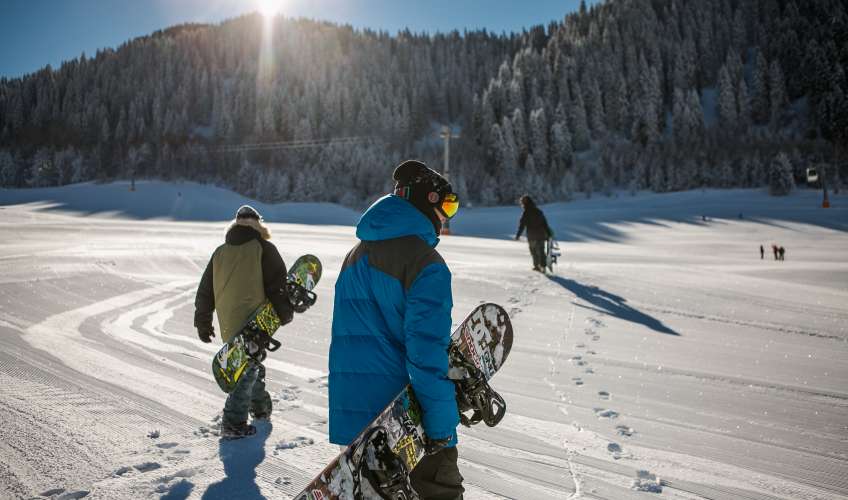How to photograph winter sports
Published: 24.12.2021
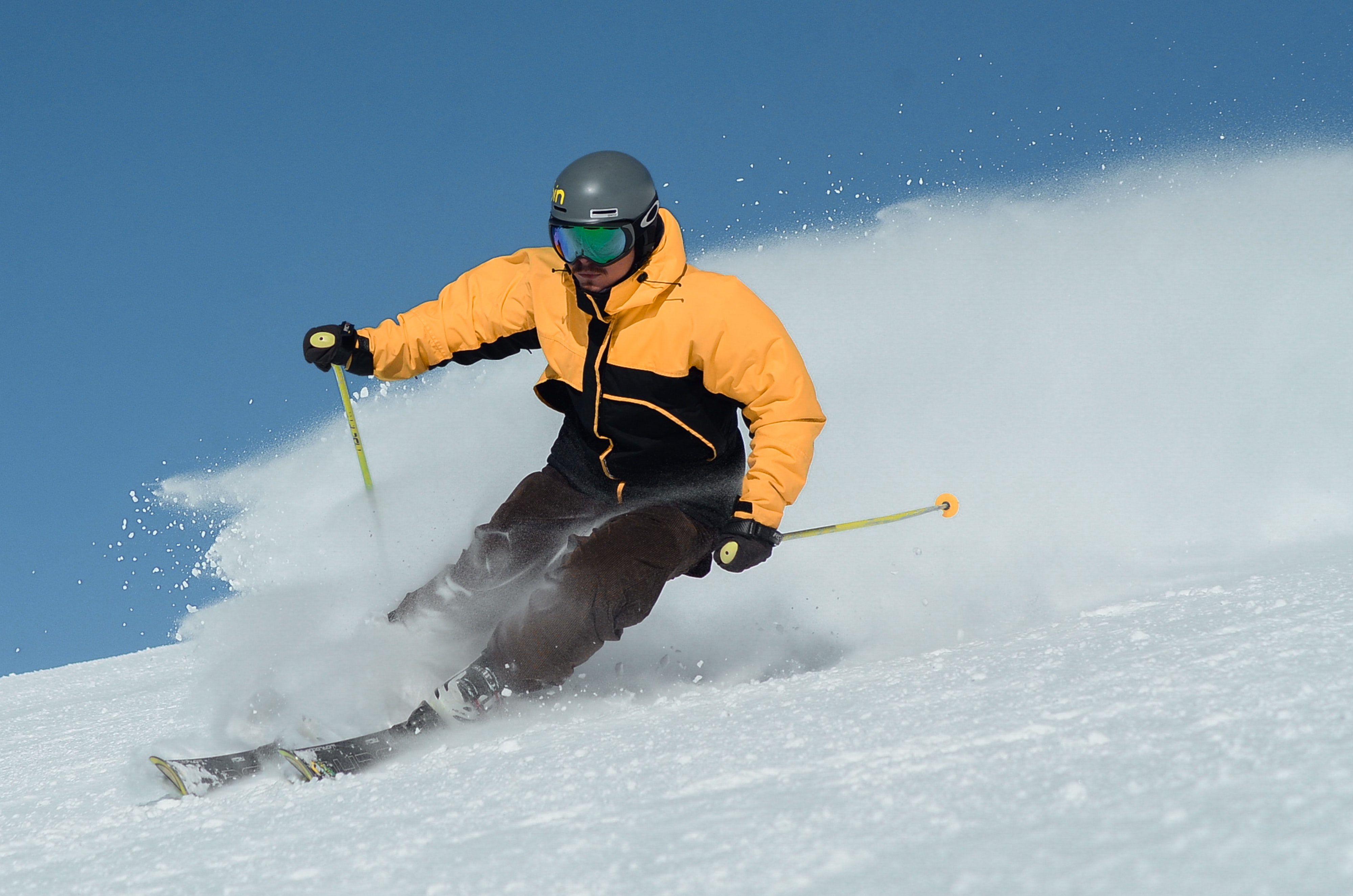
Winter is not the time to sit at home wrapped in a warm blanket. Cold weather and snow offer us many opportunities for winter fun. You can go for a walk in the winter forest, have a snowball fight, go sledding, skiing, ice skating, or snowboarding. Winter sports are exciting and enjoyable, loved by both children and adults. Do you want to capture memories of a wonderful time, film your tricks, or your first steps on skis? Take a camera with you and try to learn how to photograph winter sports. Creating sports photographs requires some skills and ingenuity. It is even more challenging to photograph sports in winter than in summer, as unfavorable weather conditions come into play, the camera lens fogs up, and hands freeze. To photograph winter sports comfortably and with high quality, let's consider what needs to be done before heading out for a photo walk.
Equipment features and technical settings for shooting winter sports.
Although modern smartphone cameras have a sports mode, truly high-quality sports photos can only be taken with a DSLR camera. You will also need a tripod for long exposure shots and a remote shutter release for the camera. A telephoto lens will be very useful for capturing images from a distance. Make sure to bring extra batteries with you, as they will drain twice as fast in the cold, risking not being able to capture everything you planned before the equipment runs out of power.
One of the main problems when shooting in winter is the fogging of glass and the formation of condensation due to temperature changes, which can negatively affect your equipment. Use the following life hack: when entering a warm room with your camera from the cold, wrap the camera in a plastic bag, then the condensation will remain on the bag, not on your equipment. It is also recommended to use UV filters to reduce the reflection of sunlight from the white surface of the snow.
"When shooting winter sports scenes, use the following camera settings:"
- To capture the perfect moment when photographing moving objects, use the continuous shooting mode. You can use burst mode, which allows you to take 30 frames per second, or continuous mode, which captures 5 frames per second. Usually, out of 30 frames, one or two will turn out well, which you can then further refine and perfect in graphic editors.
- Always remember about safety measures. Protect your equipment from moisture. In snowy weather, snowflakes can get into the lens and the resulting moisture can ruin not only your shots, but also your equipment.
- Wear warm and comfortable clothing that will allow you to stay in the cold for a long time. Sometimes you have to sit still for a long time and wait for the perfect shot, so you don't freeze or catch a cold. Use winter clothing designed for extreme temperatures.
- When shooting on snow or ice, wear special spiked footwear. Remember that if you slip, you can injure yourself and damage expensive equipment.
- Do not get too close to moving athletes. It is difficult to brake suddenly on snow or ice, and you risk the athlete crashing into you while performing complex tricks.
- Find out the specifics of the sport you are planning to film. For example, learn how tricks and jumps are performed in figure skating, how long a jump from a ski jump lasts, then you will better understand how much time you have to capture the perfect shot.
- Capture not only the skills of athletes and tricks, but also the emotions of people. Photos showing the faces of hockey players after their favorite team's victory or the emotions of a person who has successfully performed a difficult element for the first time look interesting.
- Correctly compose the frame. The athlete does not necessarily have to be in the center of the frame. By positioning the subject of the shot to the side, you can show the trajectory of their movement and make the photo more dynamic.
- You can take pictures not only of people, but also of the places where they engage in sports. For example, ski tracks on freshly fallen snow look interesting, spectators don't see the athlete and it remains a mystery to them who passed by.
Create a Light album from cool photos. You don't need to print the photos separately. We will print your photos directly on the pages of the Light album. Upload images to the free editor Mapi7 and create a themed Light album. You can upload photos from your phone.
Experiment with different angles, distances, exposure settings, and lighting conditions. You never know when you will capture the perfect shot, so take as many photos as possible and you will create masterpieces. You can preserve the best photos of winter sports by ordering a Light album or photobook from Mapi to keep as a memory.



